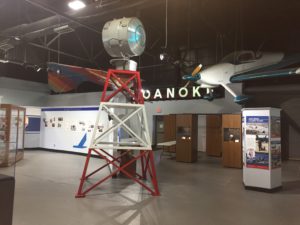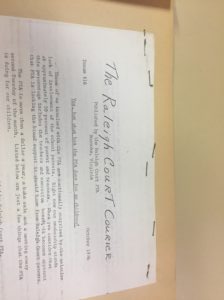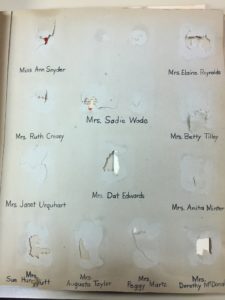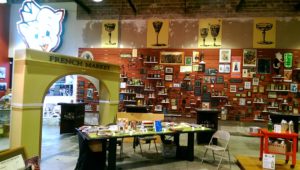The start of my internship has been a productive one thus far. My supervisor is Alex Burke and so far he has taught me a gargantuan amount skills, such as using the PastPerfect archival software. The PastPerfect software is used by many different museums as it is possibly one of the most effective so I am told. Although a majority of it is is on the computer, one must fill out 2 or 3 separate sheets that give detail as to what the object is and its characteristics. I found it to be difficult sometimes because often people drop off items without giving details, which makes it more difficult to construct an accurate accession.
Another task that I have been fulfilling is helping create and exhibit on some of the oldest houses in Salem. One of the houses known as Preston Place is the 4th known oldest building in the Roanoke Valley. With this house I have researched the line of people that have lived in the house as well as owned the property. Another house that I have been doing research on is called Old Castle, which was one of the most ornate houses in Salem that contained so much history. Unfortunately Old Castle burned down in a freak accident in the mid 20th century, however there is a plethora of artifacts that were saved from the fire which the museum has been fortunate enough to have obtained. Some of the artifacts were such things as a mirror as well as a Union Calvary sword as well as a Black Powder revolver, which were given on loan from a member of the Salem Historical society.
As for my first weeks at the Salem Museum, I have really enjoyed the time that I have spent thus far there. I mostly enjoy it because I am so use to the history of my hometown, so learning a deeper history of Salem is essentially a whole new world. I look forward to continuing the internship for the rest of the semester.














